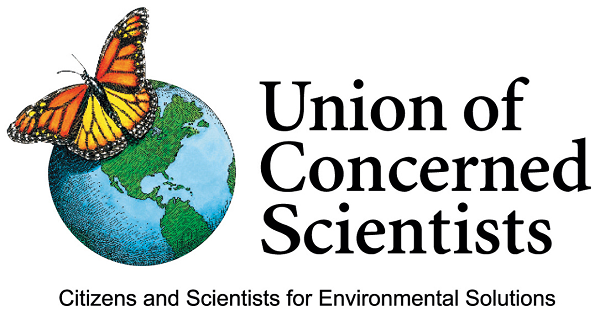Part 3 of 3 Parts (Please read Parts 1 and 2 first)
Edwin Lyman is the director of nuclear power safety at the Union of Concerned Scientists in Washington, D.C. He has a list of serious concerns about current storage methods. Lyman said, “If there’s no long-term plan to transfer that spent fuel to a more durable structure that can last for geologic time, then we can have a problem. real challenge of nuclear waste disposal is finding a way to make sure that it doesn’t affect the environment over this very long time period, that it’ll remain toxic.” Lyman has also said that the nation’s track record in storing spent nuclear fuel is not perfect.
In 2018, workers moving a canister of spent nuclear fuel in California made an error and almost dropped the canister eighteen feet onto the floor of a concrete bunker. Lyman called this accident a near miss. According to government reports, the risks will only increase if more spent nuclear fuel has to be moved. Lyman also has other concerns like transportation accidents, sabotage and terrorism. He said, “A deliberate attack is certainly one way where you could maximize the potential harm to the community from that facility.”
Lyman said that any community that considers building a temporary storage facility for the spent nuclear fuel needs to understand they would be accepting this waste without a long-term storage plan in place. He continued, “Because right now, there’s no plausible indication that it’s going to be going anywhere else. So they know they need to consider the fact that their community will ultimately be tagged as that permanent nuclear waste repository.”
After Jeri Fry tuned into some of the nuclear waste discussions taking place in Northwest Colorado on YouTube last fall, she said she was saddened. A newspaper clipping detailing Jeri Fry’s father’s battle to win a workers’ compensation claim over his cancer that was linked to radiation exposure at the Cotter mill near Canon City hangs in Fry’s home.
“Because it’s the same old game, and it’s very opportunistic,” Fry said about the federal government’s efforts to manage spent nuclear fuel. She is concerned that a community might raise its hand for a storage facility without being given a complete picture of the risks and should be asking a lot of questions. “If, as a community, we’re going to have to host this, ‘How long is that going on?.’” The containers that this (spent fuel) is in, are the containers going to last the life of the contents?”
Opportunities for the public to ask questions will likely come soon. Public meetings on the spent nuclear fuel storage idea are being planned in Northwest Colorado. The DoE plans to formally ask which communities around the U.S. are interested in the idea, this fall.
There are many concerns about the expansion of the U.S. nuclear power fleet. One of the biggest is how to deal with dangerous spent nuclear fuel generated during operation of commercial nuclear power plants. Without a permanent geological storage facility for the U.S., the spent nuclear fuel in temporary storage will only increase and continue to threaten public health and the environment.
Union of Concerned Scientists
Radioactive Waste 943 – Legacy Radioactive Contamination In Colorado – Part 3 of 3 Parts

